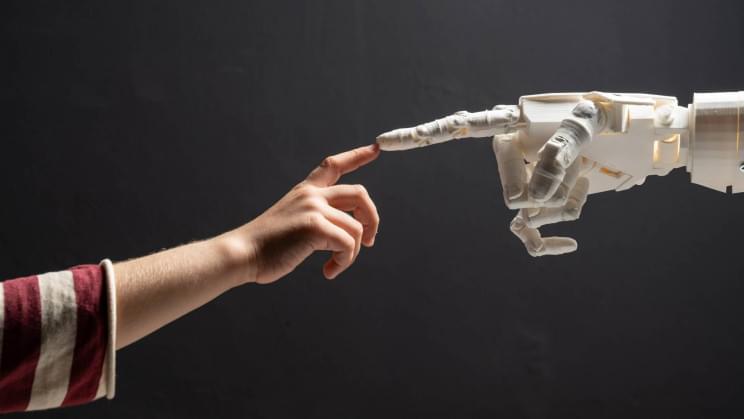Last month, the global security community was startled by a report that China had twice tested hypersonic weapons over the summer. According to reporting by the Financial Times, this weapons system consists of two parts: a fractional orbital bombardment system (FOBS) and a hypersonic glide vehicle (HGV).
Neither FOBSs nor HGVs are new — but the combination of the two is. Many in the defense community have likened the Chinese hypersonic missile tests to the 1957 launch of Sputnik, a moment when the USSR displayed a technological superiority that stunned the U.S.





